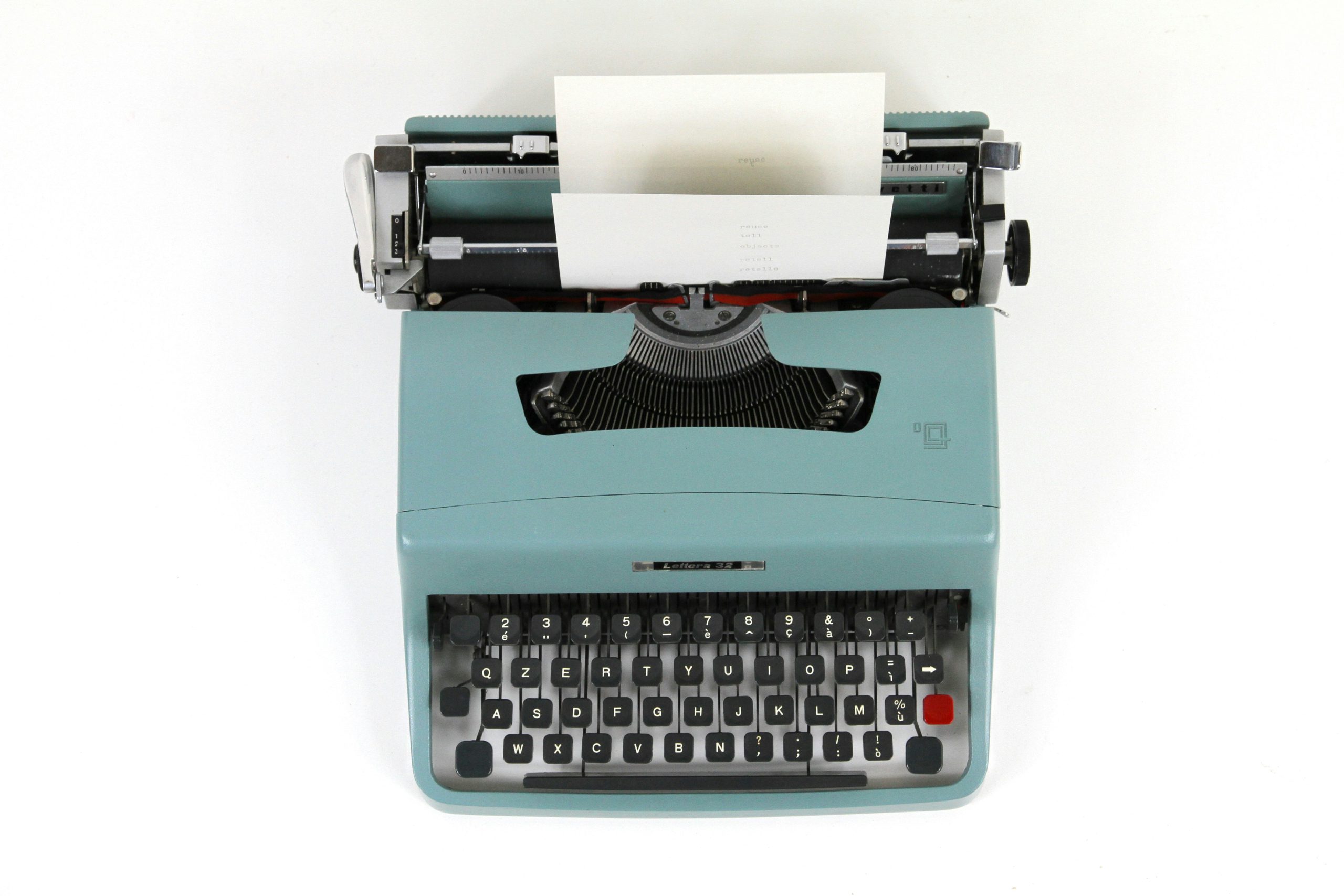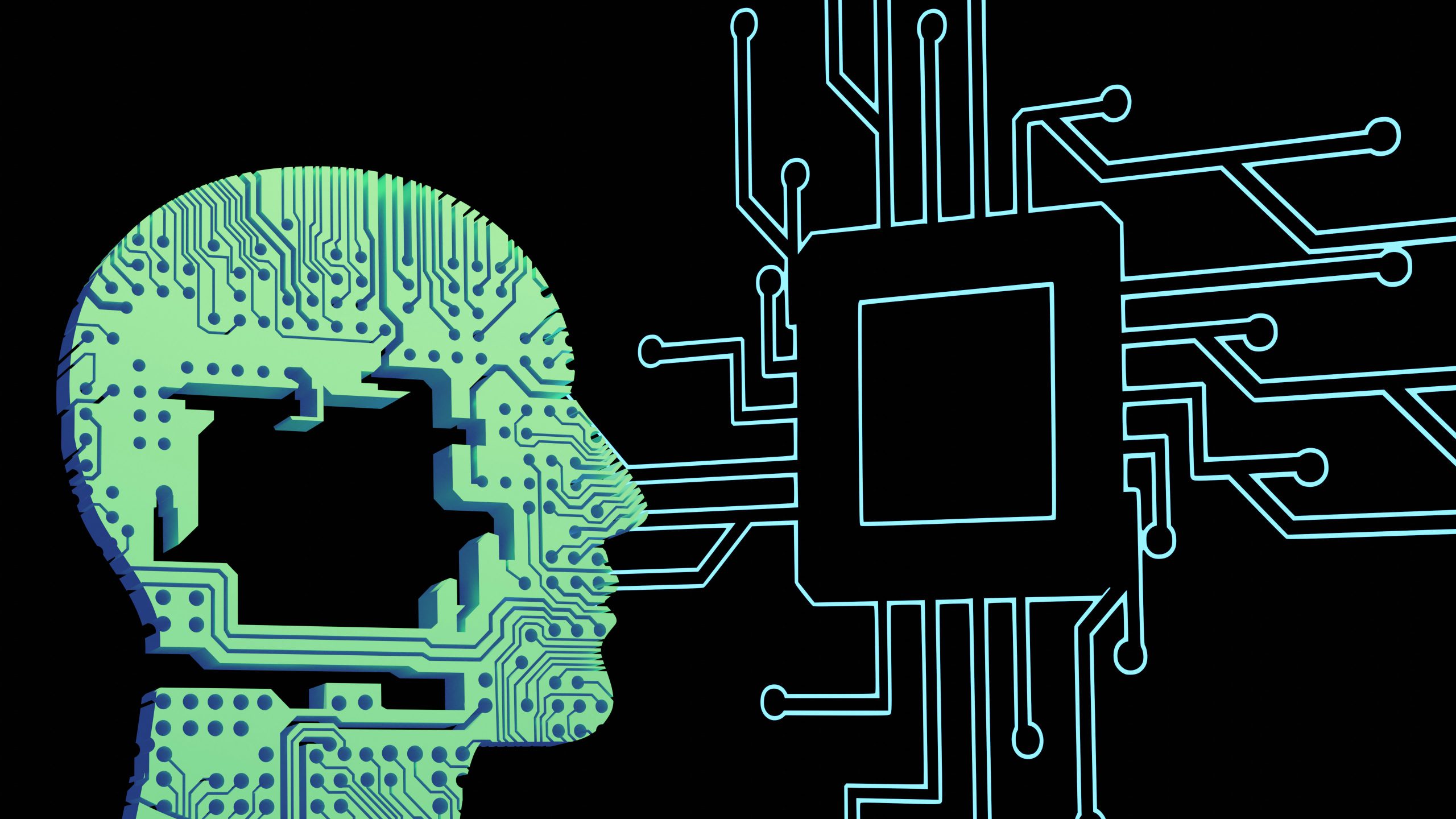
Copywriter Concerns: Is AI Taking Over My Job?
Disclaimer: Before the Writer Guild Association come for us, our blog will be encompassing both COPYwriting and CONTENT writing. For the unversed, copywriting is written to persuade or sell, while content writing is written to educate or build relationships.
“Hey ChatGPT, can you write an article about the writer’s concerns with using AI?” Ironic as it will be, this article was NOT written with the aid of AI (for the most part, *wink wink).
With the rise of writing prompts, tools such as ChatGPT and Jasper instantly produce hundreds or even thousands of words. A section of copywriters across the globe are concerned that AI may eventually replace them.
In the end, why would a client need to pay a writer, if AI can produce an article or advertisement in a matter of seconds? Follow this Demojo writer as we settle this question once and for all.
WHAT IS AI COPYWRITING?
Simply put, AI copywriting is any kind of writing made using artificial intelligence. It involves training language models on vast data to enable them to understand context, generate human-like text, and provide relevant suggestions. With developing technologies like National Language Processing (NLP), AI can now understand the subtleties of human speech and writing. For instance, when speaking aloud, “heal” and “heel” have the same tone.

Why is AI copywriting on the rise?
This is where the natural language processing (NLP) system does its magic. AI uses the NLP to determine whether you meant to “heal” as an action or “heel” as in the part of a foot. AI robot assistants that understand context like Alexa and Siri have been around in our life for quite a while. However, when OpenAI introduced ChatGPT, it opened up a completely new degree of ability. Because of this, you can now ask AI to create an article or blog post on a certain topic, and it will get to work. Accordingly, this is what gave rise to AI copywriting.
HOW DOES AI COPYWRITING WORK?

How does AI software do its wonders?
Data Training
AI copywriting systems are built on large language models that are trained on massive amounts of text data from the internet, books, articles, and other sources. This training data allows the AI to learn patterns, context, and nuances of human language. In a way, the training of AI is developed through the existing works of writers. Indeed, this has made several authors voice out their dispute against OpenAI using their books to train their AI system.
Prompt Engineering
To generate targeted copy, AI systems rely on prompts or input provided by humans. These prompts can include specific instructions, context, tone, or other guidelines that the AI uses to shape its output.
MOVE OVER COPYWRITERS, AI IS TAKING OVER
Has the world come to a time for copywriters to be replaced with AI? To answer that question, no. A copywriter would not simply be replaced by artificial intelligence. While it may have made remarkable strides in language processing, AI copywriting lacks the human touch that makes a piece of copywriting or an advertisement reach people’s minds and hearts. The only way to achieve that is by truly being, human.

How do you make your copywriting reach an audience?
For instance, Siti Khadijah Prayer Wear has one of the most heart-wrenching ads ever written. In 2017, the brand installed billboards with a text from the point of view of a mother saying, “Nak, mak teringin sangat nak pakai telekung Siti Khadijah.” loosely translated to, “My child, your mother has been dreaming of wearing Siti Khadijah prayer wear.” The public response to the ad is exactly what the brand wanted, filial guilt. Indeed, there is no artificial intelligence of any kind that could come up with a copy as authentic. Nothing ‘hits home’ more than a guilt-tripping parent and a copywriter who exploits that universal experience as a marketing strategy.
Creativity and Original Thought
One of the biggest limitations of current AI language models is that it does not actually understand content in the way that humans do. AI processes patterns in data to generate fluent and coherent text. However, crafting original creative concepts and unique ideas is extremely difficult for AI. While it can ideate to some degree based on the data that it has been trained on, the human mind is second to none when it comes to out-of-the-box thinking, the bread and butter of great copywriting.
Human Connection and Cultural Nuance
Copy and content creation requires a keen understanding of the target audience. People’s desires, communication styles, cultural context, and more. These are areas where AI still struggles. The AI system does not have the same life experiences and emotional intelligence as humans. Copywriters who can tap into the mindsets and motivations of specific demographics will always be needed to craft marketing copy that resonates with the audiences.
At Demojo Communications, we worked on a campaign that targeted Malaysians aged 13 to 15 who were interested in buying certain skincare products. When tasked with it, AI models could only give us generic ideas that would target a mass audience instead of a niche audience. In the end, what worked was a few minds sitting down together and coming up with unique, original ideas unmarred by AI.
Branding and Brand Voice
One of the key roles of copywriters is shaping and reinforcing a brand’s authentic, distinct voice and personality. While AI can potentially mimic a brand voice with training, humans are uniquely able to infuse writing with the subtle nuances, quirks and creative flair that make brand voices jump off the page.
Writing as an Art
At the end of the day, the kind of writing that moves people, changes minds, and sparks action is as much an art as a science. The most memorable marketing campaigns are born from human creativity, emotional intelligence, and mastery of language as an art form. AI will be a powerful tool for copywriters and marketers, but it won’t replicate the imaginative spark and artistry that makes great copy great. However, does that mean copywriters should reject AI models outright?
LOSE YOUR EGO AND BENEFIT FROM AI COPYWRITING

Why leveraging AI is beneficial for copywriters
Well, here’s the thing, AI has neither the desire nor capability to erase copywriters’ existence Ultimately, writing skills and human ingenuity will always be essential for creating impactful and emotionally resonant marketing content. Using additional tools, such as a word processor, grammar and spelling checker is no different. CEO of Elite Creative, Jennifer Rotner noted her opinion on her company being one with AI.
“In part, my excitement (rather than fear) is based on the fact that at Elite, we’ve been working as the human layer for A.I. for years. We believe that human-led A.I. will play a significant role in the future of content.”
If you are an aspiring copywriter or a copywriter simply overwhelmed with the sheer need to squeeze your brain juice for a pun, here’s how you can use AI to your advantage.
Beat Writer’s Block
Getting started can sometimes be the hardest part of the writing process. With AI language models, it can help writers overcome creative blocks by generating ideas, brainstorming angles or simply getting a rough draft out on the page to build from. We provide the initial brief or prompt, and AI can rapidly ideate to get your creative juices flowing.
Elevate Ideation
We have to start somewhere. And by providing AI models with relevant information on the product or service, target audience, messaging goals, etc. It can quickly generate a high volume of conceptual ideas and messaging territory to explore. Writers can then cherry-pick the best ideas to build upon.
Accelerate Drafting
Need to crank out a high volume of drafts at a rapid pace? AI can create solid first drafts in a fraction of the time it takes a human. While these require significant editing, they provide a useful starting point to build from. Writers can provide the key details, and AI generates an on-point draft with context to trim and refine.
By leveraging AI as a co-pilot, today’s copywriters have an opportunity to elevate their creativity and quality of output.
What should you do next, then?
COPYWRITERS x AI: A COLLABORATION FOR THE AGES

Why it is important to incorporate AI tools in your workflow
As a writer, the most important thing you should do is provide more value to the table. While AI won’t completely replace human copywriters, it can take the place of some minor writing tasks. Brief copy tasks like product descriptions and advertisements are copies that AI can produce quickly and it is considered as “good enough” for many large businesses. It is, therefore, crucial for writers to improve their writing abilities if they have somehow established a profession out of producing solely that brief type of material.
Among the things AI is not good at is solving marketing problems in a novel way. As of right now, only humans are capable of doing that. However, the only way you can come up with innovative solutions for marketing problems is to get as knowledgeable as you can about digital marketing and the tactics that work.
The bottom line is, that while AI language models are an invaluable resource for generating content, they could not replace the creativity, strategic thinking and polished execution of an experienced human copywriter. As the world becomes more advanced in technology, the collaboration between copywriters and AI should continue growing, with AI acting as a useful tool rather than a substitute for writing in the creative process.
At Demojo Communications, we choose quality copy and content every single day. With a range of tools at our disposal, our writers (#humblebrag) are dedicated to delivering exceptional results that meet your unique needs. We believe in the power of well-crafted copy to elevate your brand and engage your audience.
Let us help you tell your story with clarity, creativity, and impact.


